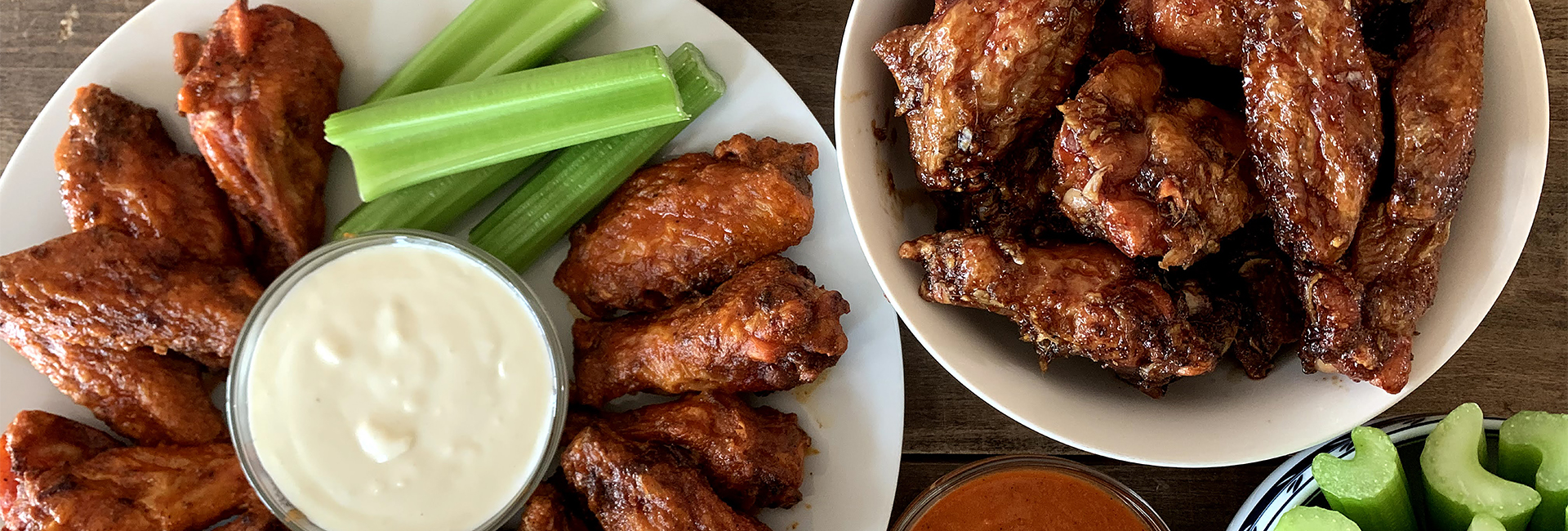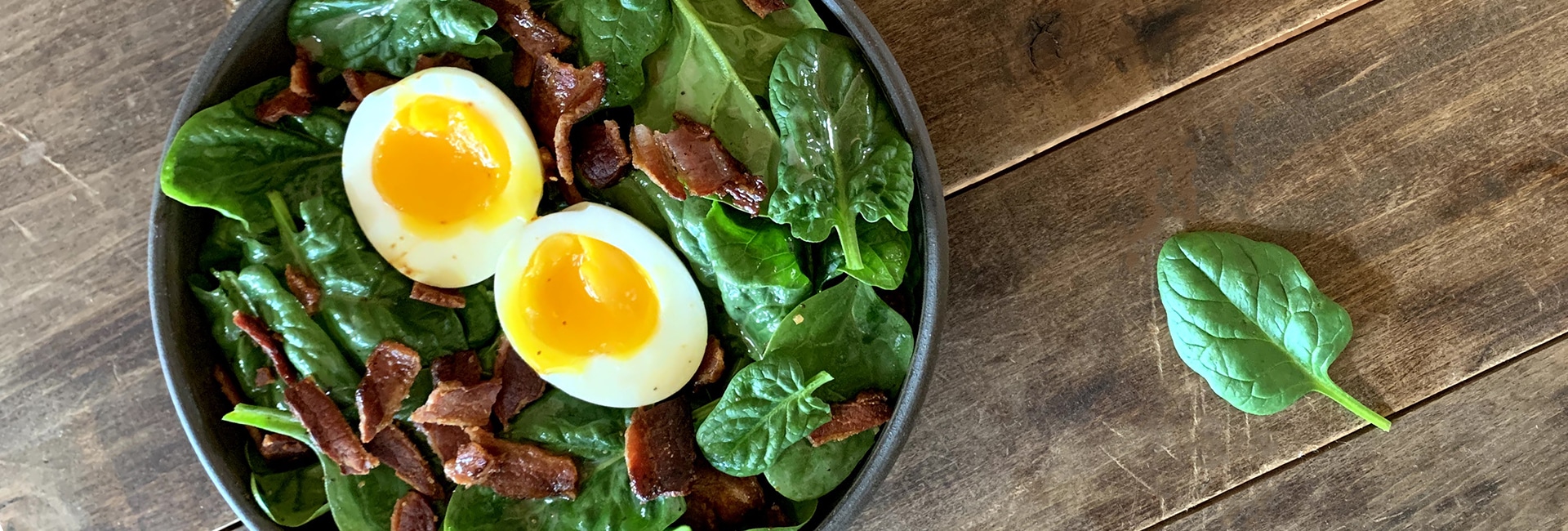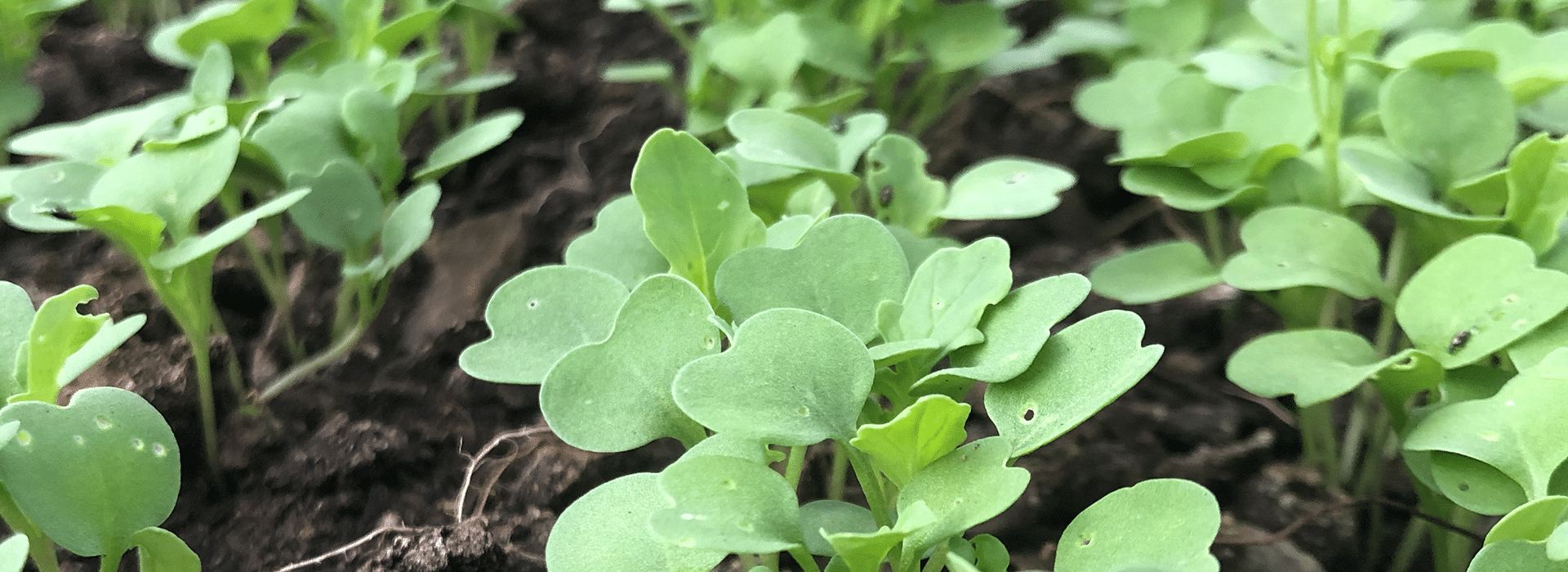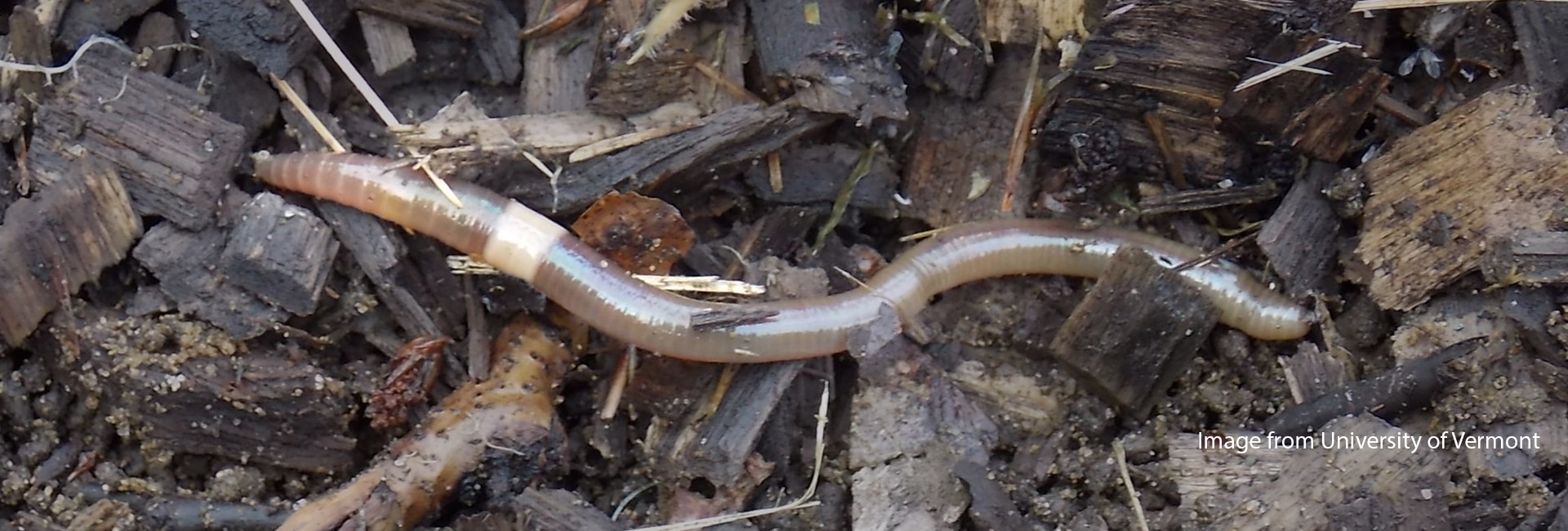
Asian Jumping Worms
Asian Jumping Worms have been found throughout Ohio, with confirmed sightings in multiple counties, including Hamilton. This invasive species poses a threat to Ohio’s naturally rich biodiversity.
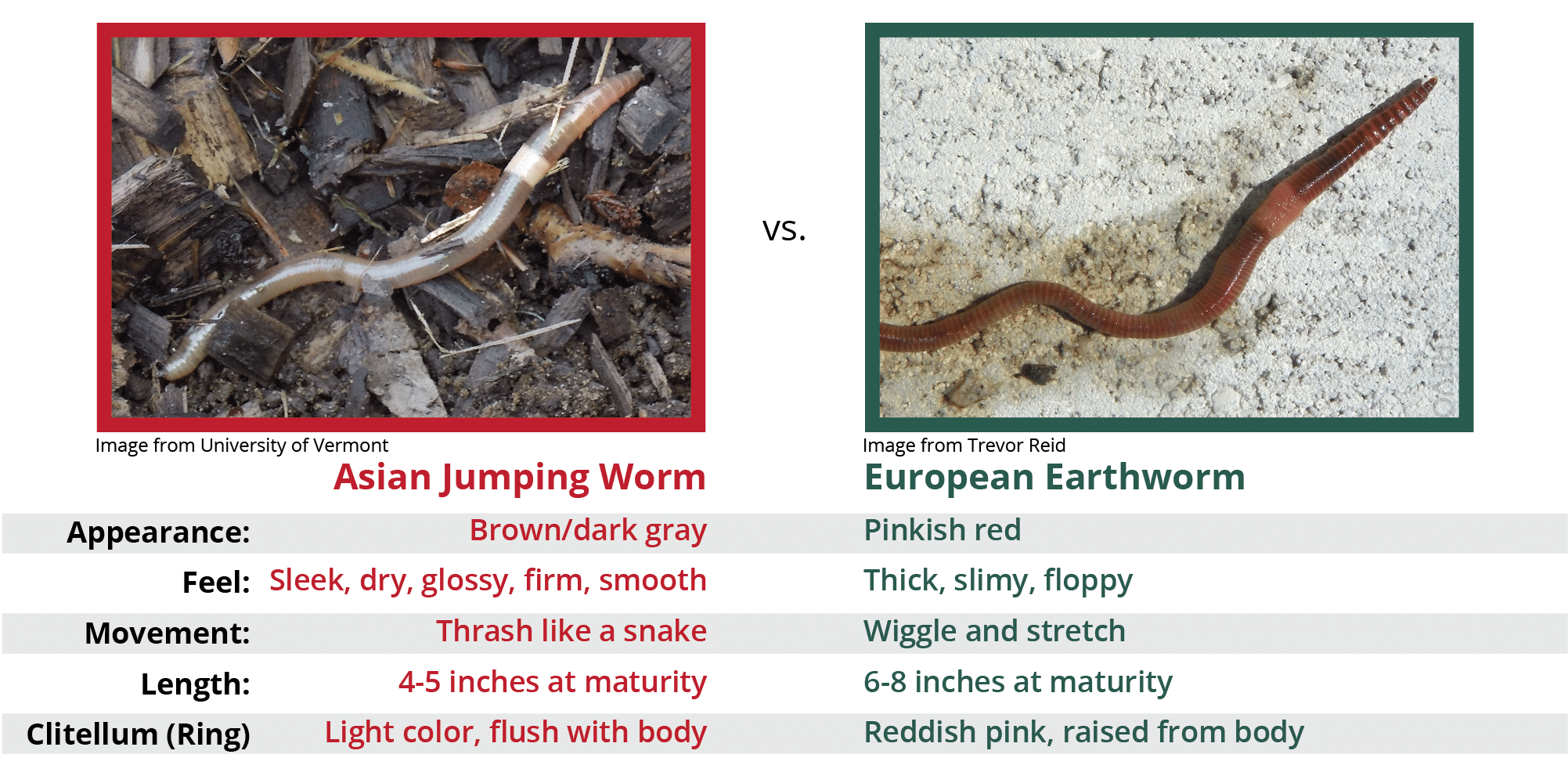
The Asian Jumping Worm (AJW) life cycle is similar to the European Earthworm (EE) life cycle. Both hatch in the spring from their cocoons, mature in the summer, mate and lay cocoons in the fall, and the cocoons over winter. Unlike EE which live several years, AJW are an annual species and will die after the first frost. The cocoons of AJW are very hard to see compared to EE cocoons because they are much smaller and roughly the same size as mustard seeds (Fig. 1). AJW only dig a few inches below the surface, whereas EE dig deeper. AJW feed on organic matter much more aggressively than EE and can alter the soil much faster. In addition, they excrete hard pellets that look like coffee grounds and change the texture and structure of the soil (Fig. 2). The changing soil composition results in fewer native plants and reduces biodiversity. With the reduction of native plant competition, invasive plants have a much higher chance of success.
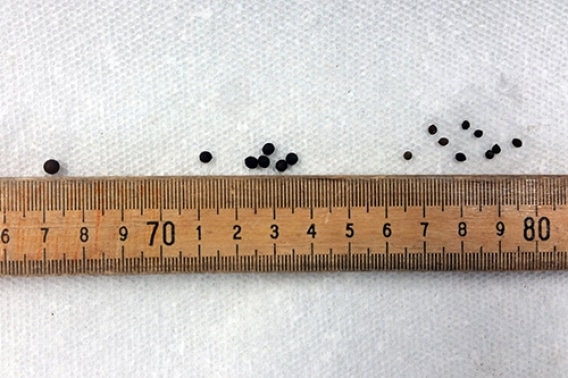
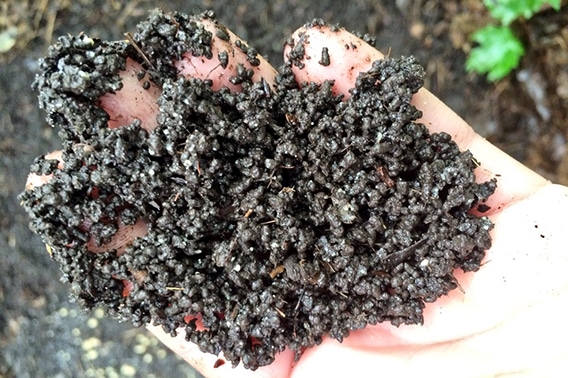
Management and Prevention
- Only buy materials that have been heat treated to 40–55 degrees Celsius (104–131 degrees Fahrenheit). This heat treatment kills cocoons.
- Never buy or move any materials that may be suspected to have AJW or AJW cocoons.
- Make sure to always clean any soil and debris from all equipment before leaving an area suspected of having AJW. Cocoons could be attached to you and your belongings.
If Found
If you find AJW on your property, please report it immediately:
- Remove as many as you can and put them in a bag. Sun the bag for at least 10 minutes, longer is preferred, and throw it in the trash.
- Submit reports on the EDDMaps website or phone application.
- Visit this link and submit a report to the Ohio State University.
- You can also send an email, with photos, to your county extension agent.

